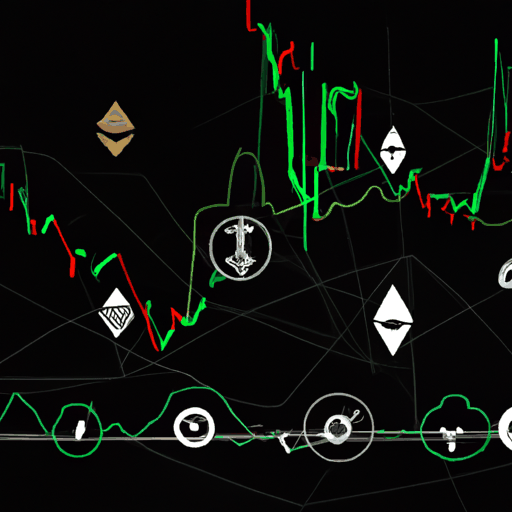
Understanding Bitcoin Cycles in the Context of Global Liquidity Dynamics
By: Eliza Bennet
Bitcoin's cyclical nature has long been attributed to its four-year halving events, which reduce the reward for mining, thus influencing supply dynamics. However, recent discourse by Arthur Hayes, co-founder of BitMEX, suggests that Bitcoin’s cycles are more influenced by global macroeconomic liquidity trends rather than the halving cycle itself.
Hayes argues that monetary policies, particularly those by the U.S. and China, have a more substantial impact on Bitcoin’s price than the traditional supply-focused narrative. For instance, during expansive monetary policies such as quantitative easing, liquidity increases, creating favorable conditions for Bitcoin price appreciation. This narrative shifts the focus from programmed supply shocks to understanding broader economic policies and their impact on market liquidity.
Historically, Bitcoin cycles have aligned with global financial climates. The 'Genesis Cycle' (2009-2013) was marked by post-crisis quantitative easing and credit expansion in China, while the 'ICO Cycle' (2013-2017) was heavily influenced by yuan liquidity. Hayes postulates that we are now entering a ‘New World Order' where monetary policy adaptability dictates Bitcoin trends, rendering macroeconomic decisions pivotal.
As the cryptocurrency market matures, understanding these dynamics is crucial for investors, suggesting that tracking economic indicators and monetary policies could provide insights into potential Bitcoin movements. Investing in Bitcoin now involves gauging broader economic shifts rather than solely focusing on its digital scarcity.
For further insights, read the full analysis on Arthur Hayes on the Real Dynamics of Bitcoin Cycles.



